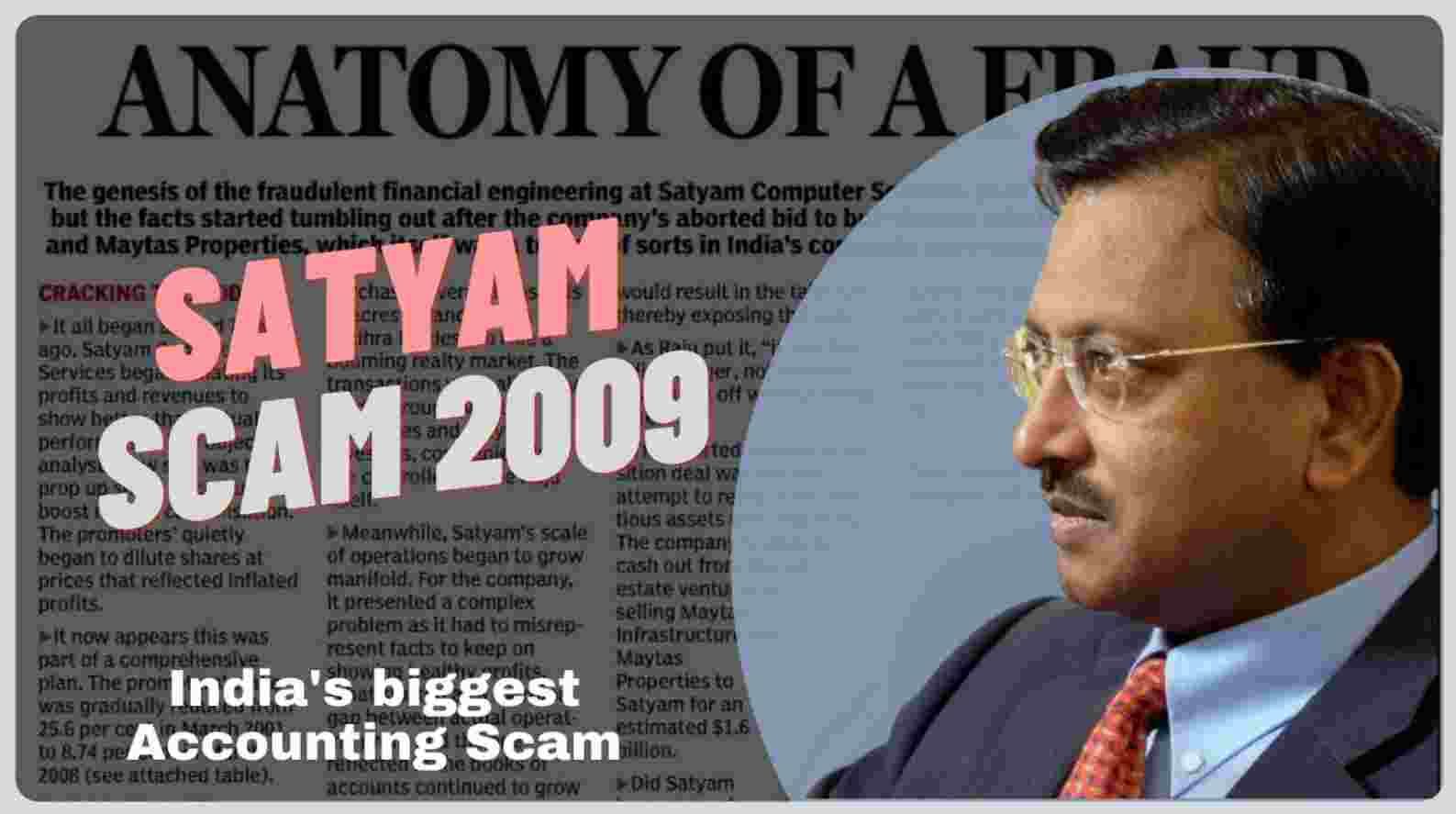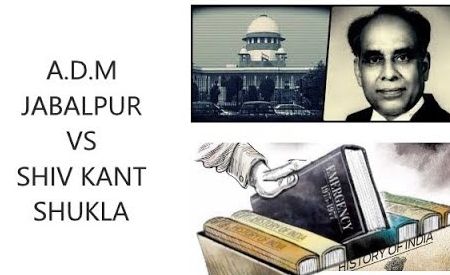Author: Harshit, Uttar Pradesh State Institute Of Forensic Science, Lucknow
To the Point
The 2010 Commonwealth Games (CWG) originally considered as a moment of nation pride which showcasing India’s ability to host and conduct a world class sporting events. Instead of becaming a national pride it turned out to be a national shame with systemic corruption, administration failure and legal chaos. The scam that emerged from the organization of games involved misappropriation of public funds, void contracts, low quality infrastructure and institutional apathy. This article talks about the CWG corruption trial through lens of law, judicial proceeding, about the breached legal framework, legal charges, investigation hurdles and legal accountabilities.
Use of Legal Jargon
This CWG corruption case involved many white collor crimes which was primarily commited by the individuals who were in position of public trust. The main legal charges that raised in that scam case were Section 120B for criminal conspiracy, Section 420 for cheating, Section 406 for criminal breach of trust, Section 467 and 468 for forgery of important documents and Section 471 for using forged documents as genuine of Indian Penal Code (IPC). These provisions of IPC mainly deal with fraudlent conduct where individual misused their official positions to manipulate others and to gains money or any valuable things from them. In this case, the Prevention of Corruption Act,1988 pays a crucial role which penalize public servants for taking gratification. Apart from all of this there was also a role of Prevention of Money Laundering Act(PMLA), 2002 and Indian Contract Act, 1872 in this scandal case which includes violations of PMLA and ICA in this case.
The Proof
There were many unavoidable documentaries, audit based evidences and testimonies on this we can definately conclude that there was corruption and scam in the Commonwealth Games(2010). The primary evidence given by the Comptroller and Auditor General (CAG) of India in 2011 was an audit report which exposed financial mismanagement and procedural failure in detail. The CAG found that there were manipulations in giving tenders which favors certain companies. The Central Vigilance Commision (CVC) also given many evidences about this scam. The CBI played major role to expose this scam by raiding premises, seizing electronic records and tracking suspicious transactions. Apart from all these evidences there were testimonies of employees and scamers who were in the CWG organising committee. There were many media investigations and private contractors who exposed this scam to the public.
Abstract
The Commonwealth Games 2010 were supposed to be a historic mark on India’s emergence of hosting sports event at global stage instead of becoming mark it turned out to be an infamous case of financial misappropriation, regulatory violations and governance collapse. This CWG scandal expose the unchecked bureaucratic power, lack of transparecy and a weak enforcement of anti-corruption laws. This article explores the legal and fundamental dimensions of this scandal with the criminal acts involed in this like conspiracy, breach of trust, money laundering etc. This article critically examines how the Indian legal system responded, what were the findings of investigating agencies and the legal side of this CWG scandal.
Case Laws
1. K. Veeraswami v. Union of India (1991):- In this case of Supreme Court held that it is compulsory to sanction for procesution of public servants which acted as a hurdel in many CWG cases where bureaucrats and ministers were involved.
2. Subramanian Swamy v. Manmohan Singh & Anr.(2012):- In this case, the court declared that the delay in sanction for prosecution is against public interest. The delay in initial legal proceedings of CWG case caused public outrage.
3. CBI v. Suresh Kalmadi & Others(2011):- In this case, the chairman of Organising Committee Suresh Kalmadi was charged under IPC and Prevention of Corruption act. The prosecution alleged that contracts for time keeping equipments were awarded at inflated prices without proper biding.
4. Vineet Narain v. Union of India (1998):- This PIL led to major reforms in the actioning and functioning of CBI and ED and is commonly cited in CWG related discussions on automony and unwanted political interference in investigative agencies.
Conclusion
The Commonwealth Games 2010 were supposed to be a celebration and national pride for hosting a sports event at global stage. Instead it became an infamous example of how unchecked power, poor governance and lack of transparency can turn a nation pride into national shame. Despite arrests of scammers, chargesheets and media trials the justice in the court has moved very slowly which is a unfortunate reality of many white collar crimes. From a legal perspective this case exposed many major weekness in our system like anti-corruption frameworks and contract laws. It also raised the urgent need for faster, more independent investigation, safeguards in public procurement and redefine institutional reforms in agencies like CBI and ED.
The CWG scandal is become an example of how public trust an be violated when an oversight mechanism fails. They have to punish not only guilties but also restore institutional integrity to prevent future scandals. Only then can India host any event at global event with pride.
FAQS
1. What was the estimated financial loss in the CWG corruption case?
The CAG estimated that the total financial loss worth more than Rs 8,000 crore which can be used in any policiy for the betterment of the society.
2. Who were the main accused in the CWG scam?
Suresh Kalmandi (Organising Committee Chairman), Lalit Bhanot, V.K. Verma and many private vendors and government officials were among the main accused.
3. Which investigation agencies probed the CWG scandal?
The Central Bureau of Investigation (CBI), Enforcement Directorate (ED), Central Vigilance Commission (CVC) and Comptroller and Auditor General (CAG) conducted the probe of this scandal case.
4. What institutional reforms were prompted by the CWG scam?
This scandal raised stricter public procurement norms, digitization of government contracts, fast-tracking corruption trials and oversight financial mechanisms.
5. Has anyone been convicted yet in this scandal case?
Till now most of the cases are still under trial. Arrests and chargesheets have been made only the convictions are pending due to judicial delay.



